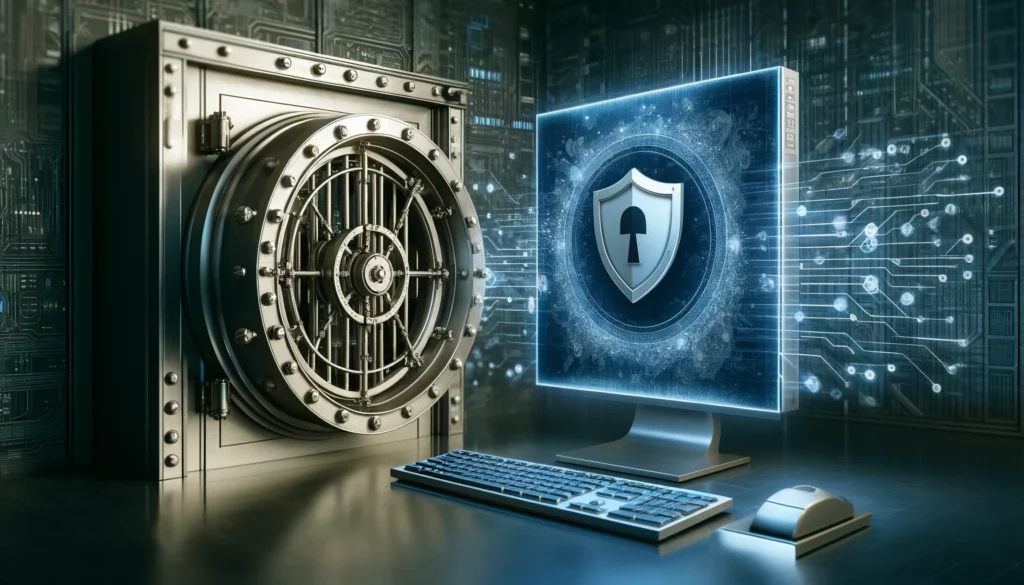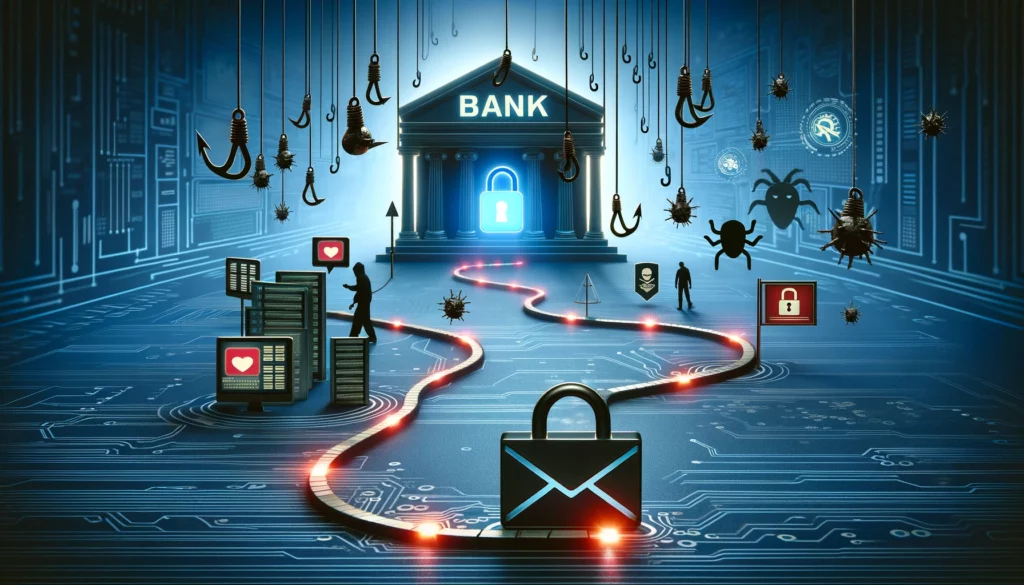In the high-stakes world of cybersecurity, understanding the motives and methods of hackers is essential for safeguarding sensitive financial information and protecting the integrity of banking systems. As financial institutions increasingly rely on digital technologies to conduct transactions and manage customer accounts, they become lucrative targets for cybercriminals seeking to exploit vulnerabilities for financial gain. In this blog post, we’ll delve into the mindset of hackers, explore common threats to banking security, and discuss proactive measures banks can take to defend against cyber attacks.
- The Motives of Hackers: Hackers come in various shapes and sizes, each with their own motives driving their actions. Some hackers are motivated by financial gain, seeking to steal money or valuable financial information from banks and their customers. Others may be driven by ideological or political agendas, aiming to disrupt banking operations or undermine trust in financial institutions. Understanding these motives is crucial for anticipating and mitigating potential threats.
- Common Threats to Banking Security: Hackers employ a wide range of tactics and techniques to compromise banking systems and exploit vulnerabilities. Some common threats to banking security include:
- Phishing Attacks: Phishing emails and malicious websites are commonly used to trick bank employees or customers into disclosing sensitive information, such as login credentials or financial details.
- Ransomware Attacks: Ransomware is a type of malware that encrypts data on a bank’s systems, rendering it inaccessible until a ransom is paid. These attacks can disrupt banking operations and result in significant financial losses.
- Insider Threats: Insider threats, whether intentional or accidental, pose a significant risk to banking security. Employees with access to sensitive systems or information may abuse their privileges or inadvertently expose data to unauthorized individuals.
- Distributed Denial of Service (DDoS) Attacks: DDoS attacks aim to overwhelm a bank’s systems with a flood of traffic, causing service disruptions and preventing legitimate users from accessing banking services.
- Proactive Measures to Defend Against Cyber Attacks: To defend against these threats, banks must adopt a proactive approach to cybersecurity. This includes:
- Implementing Robust Security Controls: Banks should invest in robust cybersecurity measures, such as firewalls, intrusion detection systems, and encryption protocols, to protect against unauthorized access and data breaches.
- Conducting Regular Security Audits: Regular security audits and assessments can help identify vulnerabilities and weaknesses in a bank’s systems and processes, allowing for timely remediation and strengthening of defenses.
- Educating Employees and Customers: Providing comprehensive training on cybersecurity best practices is essential for raising awareness and empowering employees and customers to recognize and report potential threats.
- Establishing Incident Response Plans: Developing and regularly testing incident response plans enables banks to respond effectively to security incidents, minimize the impact of breaches, and facilitate a swift recovery.
In conclusion, understanding the motives and methods of hackers is critical for protecting banking systems and customer information from cyber threats. By staying vigilant, investing in robust cybersecurity measures, and adopting proactive defense strategies, banks can strengthen their resilience against evolving threats and maintain the trust and confidence of their customers in an increasingly digital world. Together, let’s stay one step ahead of hackers and safeguard the future of banking security.

Penetra Cybersecurity is at the forefront of defending the digital frontier, providing cutting-edge solutions to protect businesses and organizations from the ever-evolving threats of the cyber world. Established with a mission to create a safer internet for everyone, Penetra leverages a blend of advanced technology, expert knowledge, and proactive strategies to stay ahead of cybercriminals.
Ready to take the next step towards a more secure future? Schedule a consultation with us today and discover how we can help protect what matters most to you. Don’t wait until it’s too late—with Penetra Cybersecurity, your business isn’t just secure; it’s imPenetrable.




